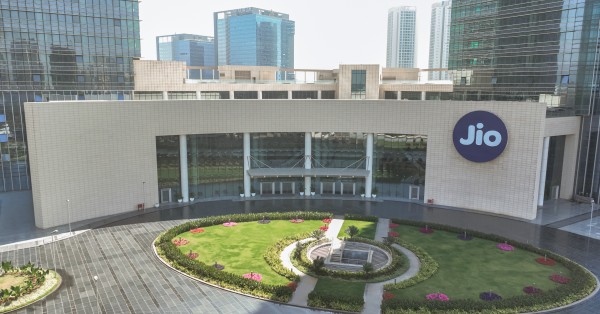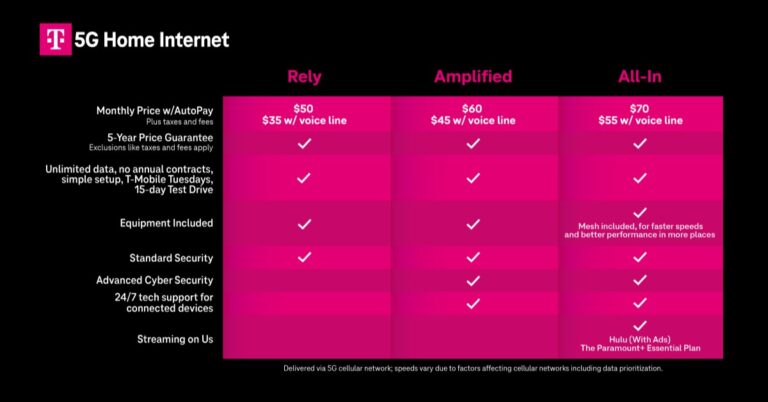Verizon Business and the National Football League (NFL) recently declared a five-year collaboration to provide a Managed Private Wireless Solution in 30 NFL stadiums across America. This managed private wireless solution is designed for secure, dependable coach-to-coach communications on the field–ensuring enhanced speed, security, and reliability during crucial moments of each game.
Verizon will share this private wireless solution with a 30-second commercial spot entitled “Next Season Starts Now,” airing directly following the Super Bowl LVII broadcast on February 12th. To gain further insight into how coach-to-coach communication works and why it is so critical to successful sports teams, customers can watch this 90-second video which appears on Verizon’s social media channels.
Sowmyanarayan Sampath, CEO, of Verizon Business, said “In an NFL game, every moment matters – seconds matter – as the margin between winning and losing is minuscule. The backbone of world-class play on the field is communication. The NFL understands and leans into the power of innovation and technology. This Managed Private Wireless solution deployment is a testament to how the NFL uses the latest technology for the game.”
Verizon piloted their Managed Private Wireless solution successfully during the five international NFL games this season, across the United Kingdom, Germany, and Mexico. This included deploying and maintaining the private wireless technology, testing and coordinating all activities, and providing operational support throughout each game.
This solution is part of the much wider Verizon Business Connected Venue strategy, which is driven by its 5G investment in over 75 big public venues throughout the US, including some of America’s most renowned sports and music sites.
Verizon’s mix of public and private network capabilities, coupled with its 5G partnerships, allows leagues, teams, and stadium operators to develop a top-tier fan experience & obtain their desired venue targets. Autonomous retailing or cashier-less shopping are just some examples that Verizon can help you facilitate and provide accelerated access and crowd analytics services.

































